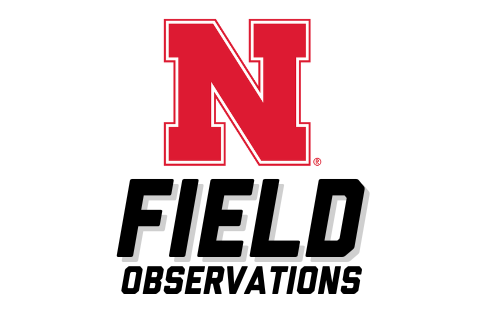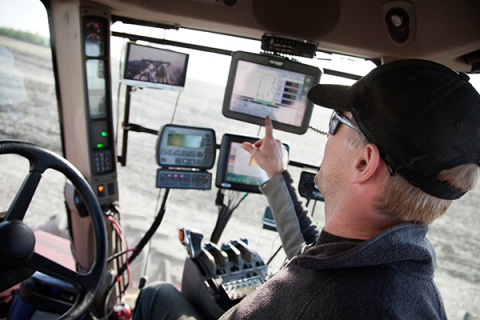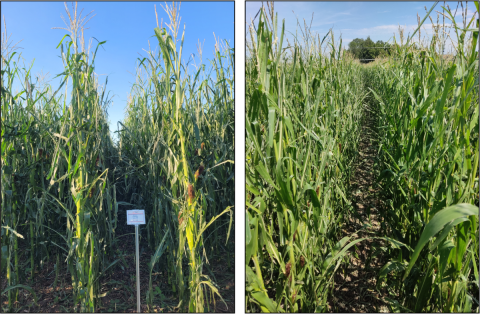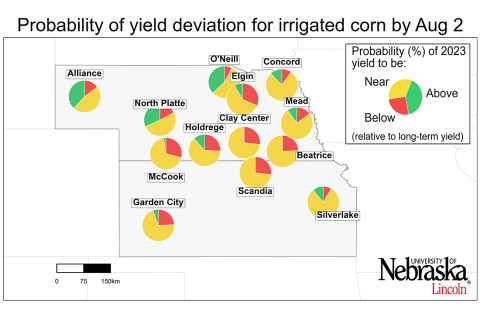This Week on N Field: Scouting Western Bean Cutworm
August 4, 2023
Learn how to identify western bean cutworm eggs and larvae, and how to determine timing for insecticide applications in the latest N Field Observations.
Nebraska Approves Pass-through Entity Tax Bill
August 4, 2023
Whether or not the pass-through entity tax bill could benefit you will depend on your profitability level, current structure, operation size, and other factors. Read the Center for Ag Profitability's recent analysis to make an informed decision about this new tax option.
West Central to Host 19th Annual Water and Crops Field Day
August 4, 2023
This free field day will feature producer and industry panels on covers crops and USDA's Climate Smart Initiatives, as well as field tours and demos on irrigation sensing tools, cover crops, western bean cutworm and drones in pesticide application.
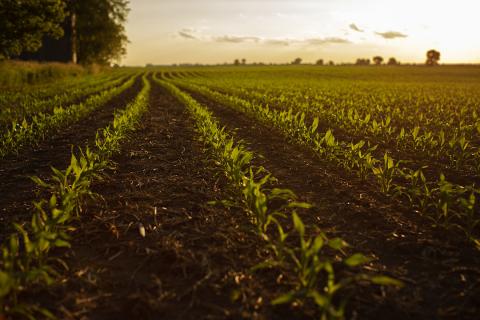
Ag Land Management Webinar to Offer the Latest on Cash Rents, Lease Arrangements for 2023
August 4, 2023
The Aug. 21 webinar will cover recent findings from the 2023 Nebraska Farm Real Estate Report, including updates on average cash rental rates, land values and trends in flexible cash lease arrangements.
Pasture and Forage Minute: Corn Silage Harvest and Storage, Rejuvenating Thin Alfalfa
August 3, 2023
Extension educators share recommendations on strategies for silage harvest and storage, and ways to improve thinning alfalfa fields to delay the need for a complete reseeding.
TAPS Corn Fields Battered by Hail for First Time in Competition History
August 3, 2023
The TAPS team estimated there was approximately 35%-50% leaf defoliation and consequently, corn yield loss is currently anticipated to be 17%-31% for the 2023 competition.
Weekly Weather Update: Aug. 3, 2023
August 3, 2023
In the last week, numerous areas in the eastern half of the state received upwards of five inches of rain, relieving severe drought conditions in several counties — particularly in central Nebraska.
2023 Corn Yield Forecasts as of Aug. 2
August 3, 2023
There continues to be a high probability of near-average yields for most irrigated sites in the Corn Belt, while expectations for rainfed corn sites are diverse across the region.


